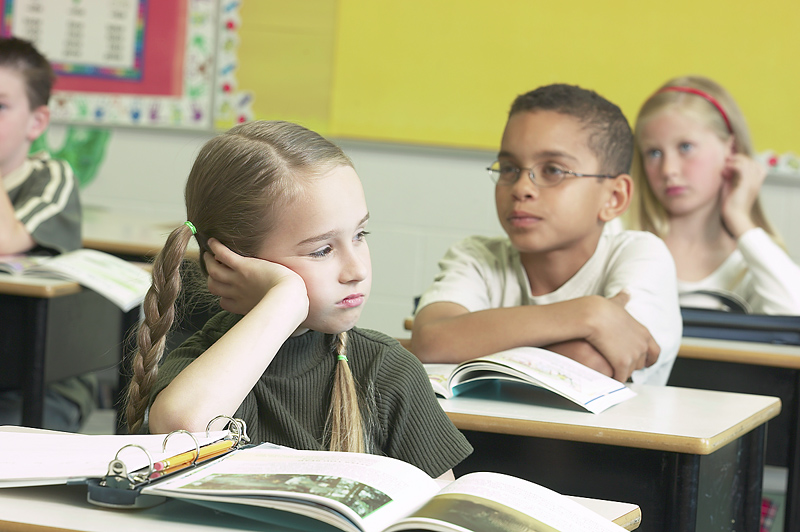Vision Processing Disorders in Children

Vision Processing Disorders in Children
Localize, Center, Identify
In order to maneuver the visual world around us, we must easily be able to localize the object(s) to know exactly where it is in relation to our bodies; center or converge our eyes on the object(s); and be able to identify just what it is that we are looking at. This is easily done by most of us automatically without thinking, but not for children with a vision processing difficulty. If a child is not sure where the object is in relation to his/her body, then that child cannot center-in on the object, focus it in, and identify it - especially if that child has no successful previous experience of that situation.
Common “roadblocks” to vision processing are VISUAL STRESS, poor orientation in VISUAL SPACE, and poor fine OCULAR MOTOR ABILITIES.
Visual Stress When you have trouble keeping print in focus and single, then you are experiencing visual stress. For example, pull in any reading material about 3 to 4 inches from your nose and try reading it. – Yes! It is enough to make you want to quit! There are children that have this problem at a normal reading distance. Many of these children can believe that this is the very same way for everyone, so they may not complain about it!
Visual Space We learn through movement. If anyone has difficulty coordinating their balance while visually directing their movement, then their learning is limited. For example, some children cannot walk forward and backward on a 3 ½” elevated walking rail because they are unsure about where to land their feet. They are limited in which they cannot look ahead, visually assess the situation, and walk. Learning is limited if you can’t move, experience, and explore.
Fine Ocular Motor Abilities If a child cannot look at, fixate and follow printed material smoothly without interruption, then there is a fine ocular motor inability. Common signs and symptoms of a “visual tracking” problem are listed:
• Visual inattention and distractibility • Blur when looking at near print • Double or overlapping words on a page • Headaches while or after doing near vision work • Words appear to run together when reading • Skips or repeats lines when reading • Head tilts or one eye is closed or covered while reading • Avoids doing near vision work such as reading • Reading comprehension is low • Poor, or inconsistent performance in sports • Holds books too close, leans too close to the computer screen
We cannot learn if we cannot guide and follow, and we cannot follow if we cannot direct our viewing.